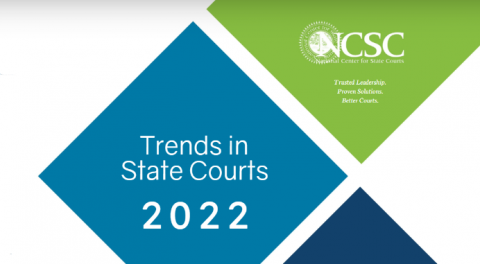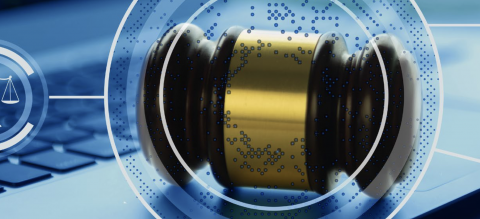Trends in State Courts is an annual, peer-reviewed publication that highlights innovative practices in critical areas that are of interest to courts, and often serves as a guide for developing new initiatives and programs and informing and supporting policy decisions. Trends in State Courts is the only publication of its kind and enjoys a wide circulation among the state court community.
Trends in State Courts 2023. State courts have faced challenges and are applying lessons learned. The 2023 edition of Trends in State Courts highlights advanced artificial intelligence chatbots and community engagement efforts, along with other new innovations and initiatives.
Trends 2023 articles
Accessible Courts: Toward Universal Design
Diane Robinson and Zachary Zarnow
Measuring Access and Fairness in Remote Court Proceedings
Andrea L. Miller and Kelly Roberts Freeman
SANDI: Improving Court Access and Service in Miami with an Advanced Artificial Intelligence Chatbot
Eunice Sigler
Engaging Communities for Equal Justice
Lou Gieszl and Hon. Vicki Ballou-Watts
User Feedback Is Essential
Emily LaGratta
Disarming Disinformation - Guidelines for Courts to Combat Threats
Heather Teter
Tapping Technology for Probation Services
Dean Jenkins
Hyperconverged Infrastructure (HCI) - Is It Right for Your IT Environment?
Barbara Holmes
Implementing an Internal Treatment Court Monitoring and Evaluation Infrastructure
Kathleen Maher, Jamie L. Walter and Gray Barton
Supported Decision-making as an Alternative to Guardianship
Miriam Hamilton
Michigan: Auto State or State of Suspension?
Stacy Sellek and John Nevin


